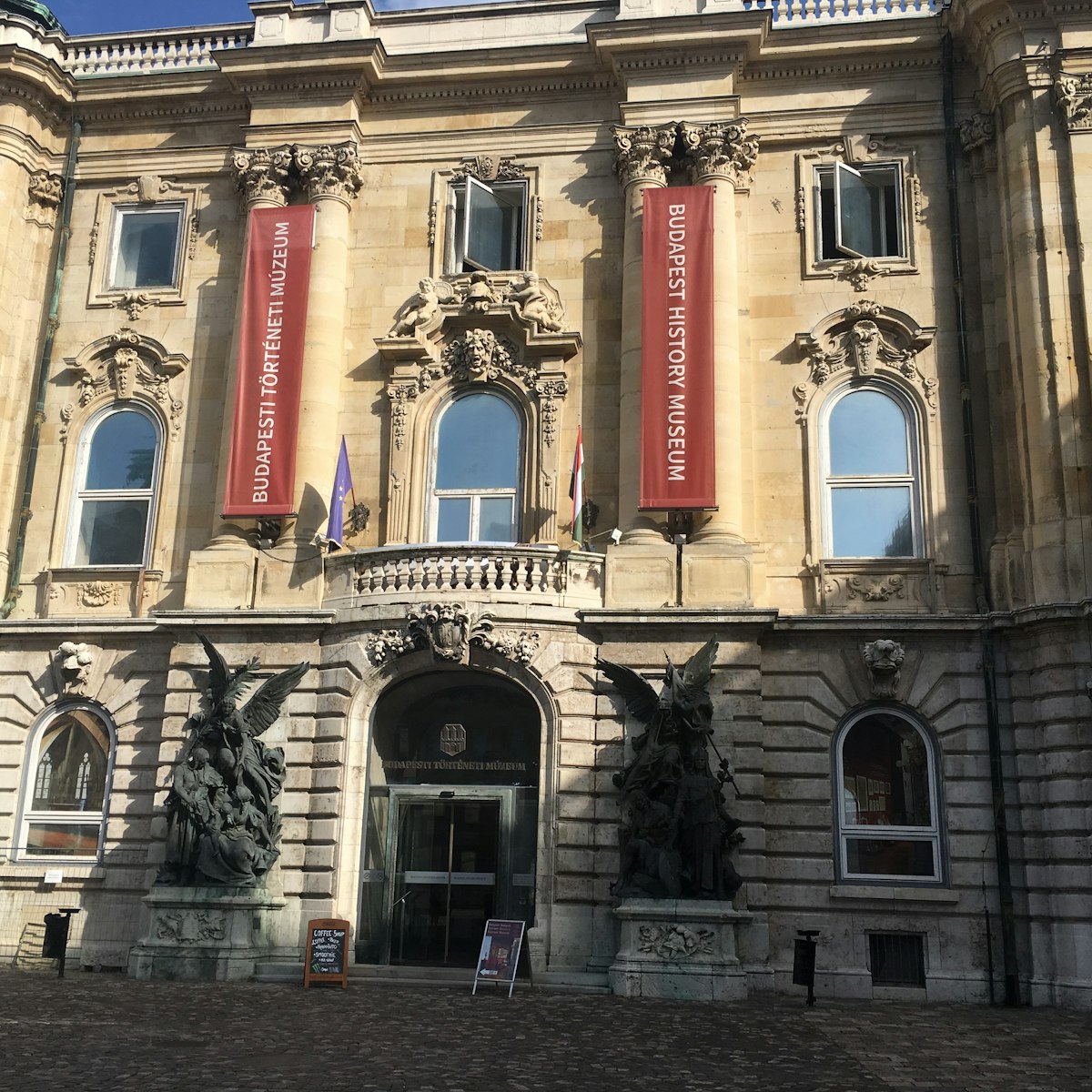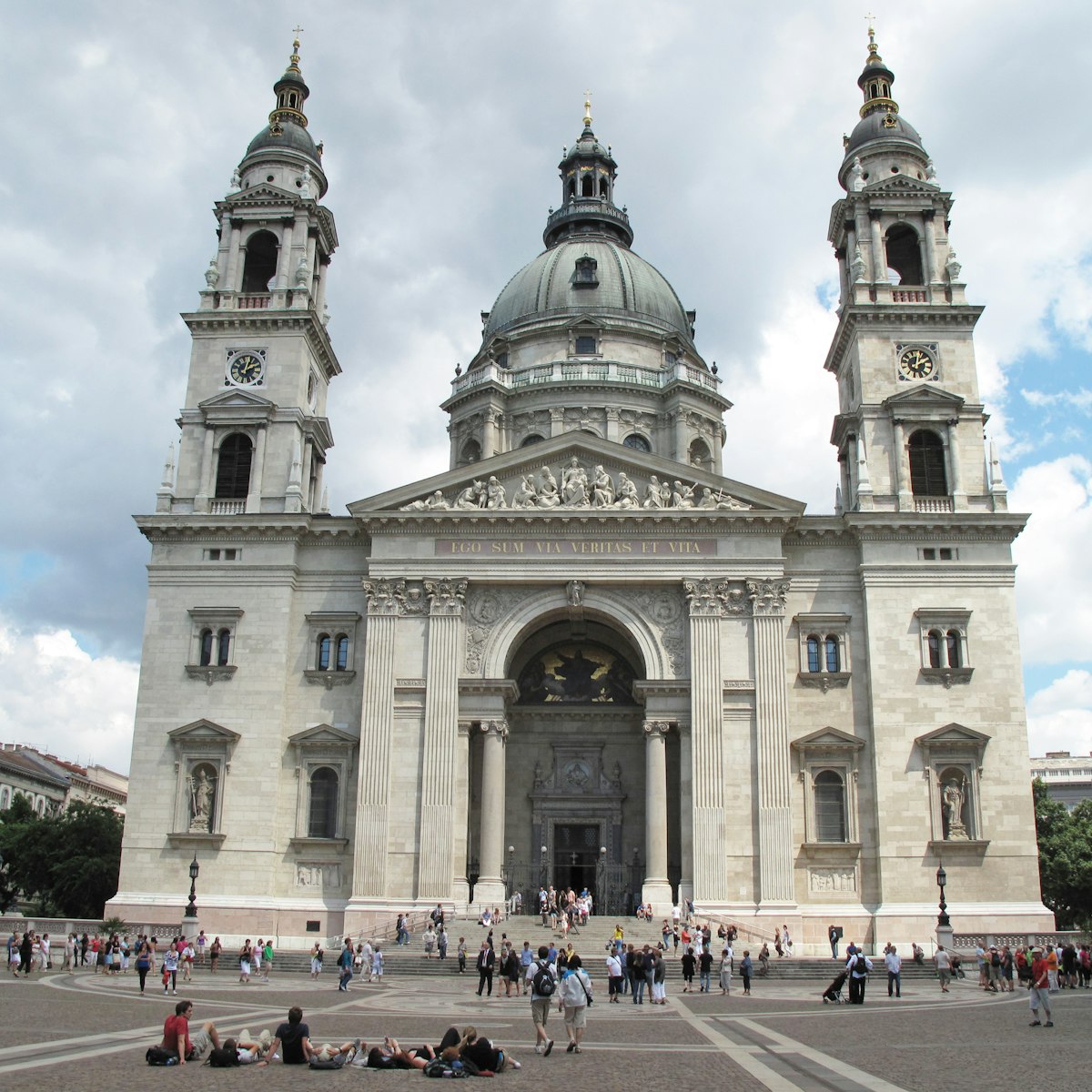One of the most extravagant art nouveau buildings in Budapest is within easy walking distance of City Park. To the southeast of the park is the National Institute for the Blind, dating from 1904 and designed by Sándor Baumgarten (1864–1928) and Zsigmond Herczegh (1849–1914), with characteristic Oriental and Hungarian art nouveau influences.

Lonely Planet's must-see attractions

3.09 MILES
Castle Hill is a kilometre-long limestone plateau towering 170m above the Danube. It contains some of Budapest’s most important medieval monuments and…

0.9 MILES
Housed in a grand Renaissance-style building and once again opened after three years' renovations in late 2018, the Museum of Fine Arts is home to the…

25.86 MILES
The largest church in Hungary sits on Castle Hill, and its 72m-high central dome can be seen for many kilometres around. The building of the present…

2.86 MILES
The Castle Museum, part of the multibranched Budapest History Museum, explores the city's 2000-year history over four floors. Restored palace rooms dating…

20.05 MILES
The 13th-century citadel looms over Visegrád atop a 333m-high hill and is surrounded by moats hewn from solid rock. The real highlight is simply walking…

2.05 MILES
Budapest's stunning Great Synagogue is the world's largest Jewish house of worship outside New York City. Built in 1859, the synagogue has both Romantic…

7.55 MILES
Home to more than 40 statues, busts and plaques of Lenin, Marx, Béla Kun and others whose likenesses have ended up on trash heaps elsewhere, Memento Park,…

2.14 MILES
Budapest’s neoclassical cathedral is the most sacred Catholic church in all of Hungary and contains its most revered relic: the mummified right hand of…
Nearby Budapest attractions
0.49 MILES
City Park is Pest’s green lung, an open space measuring almost a square kilometre that hosted most of the events during Hungary’s 1000th anniversary…
2. Hungarian Institute of Geology
0.58 MILES
To the south of City Park is the Hungarian Institute of Geology, designed by Ödön Lechner (1845–1914) in 1899 and probably his best-preserved work. Check…
0.58 MILES
The statue of the hooded figure opposite Vajdahunyad Castle is that of Anonymous, the unknown chronicler at the court of King Béla III (r 1172–96) who…
0.58 MILES
Erected for the 1896 millenary celebrations originally in canvas and later built in stone, the castle was modelled after a fortress in Transylvania – but…
5. Hungarian Agricultural Museum
0.58 MILES
This huge and rather esoteric museum is housed in the stunning baroque and gothic wings of Vajdahunyad Castle. Scattered across a dozen palatial halls,…
0.61 MILES
The little church with the jungly, overgrown cloister opposite Vajdahunyad Castle is called Ják Chapel because its intricate, many-layered portal was…
0.63 MILES
Covered in vines, the turreted Gatehouse Tower, part of the Vajdahunyad Castle, greets visitors as they cross the footbridge to the small island in the…
0.63 MILES
Accessed via the Hungarian Agricultural Museum, the Apostles' Tower stands 30m tall and looks down on the beautiful Ják Chapel, as well as giving you a…







